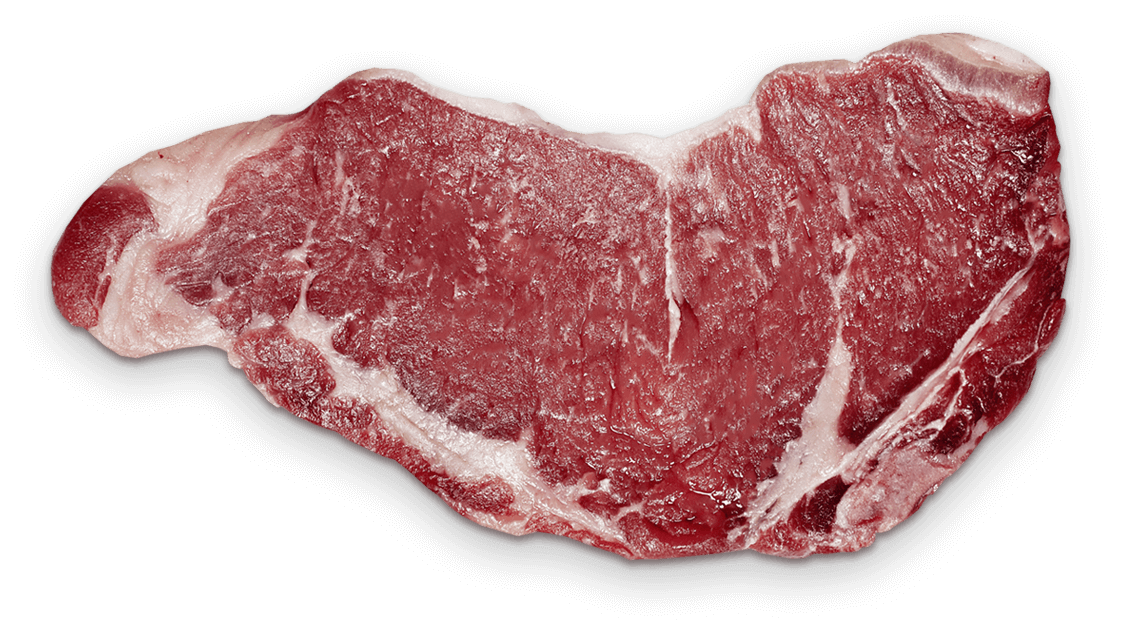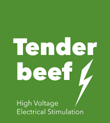Scientific research


[...] The model was tested over a wide range of carcass types and for three cooking methods (grill, roast and thin slice) with over 1600 consumers tasting over 1100 samples [...] HVES samples tended to score higher than non-stimulated samples [...]
Allen P., Predicting Beef Eating Quality, Teagasc Food Research Centre, Dublin, 2013.
Electrical stimulation does not merely accelerate rigor mortis but it also has other advantages such as an increase in tenderness and a reduction in tenderness variability compared to what is normally achieved for unstimulated meat. For unstimulated meat, elevated pre-rigor temperatures do not always allow the meat to reach its tenderness potential after a reasonable ageing duration – with stimulation this is not an issue.
Devine C., Letter to the editor, Meat Science, 83 (2009) 584–585.
[...] stimulation [...] is used for all sheep processed for export from New Zealand [...] The main processing advantages of stimulation still stand: the avoidance of cold shortening in fast chilling conditions and the early commencement of ageing allowing for short residence times in holding chillers.
Devine C., Wells R., Cook C., Payne S., Does high voltage electrical stimulation of sheep affect rate of tenderisation? New Zealand Journal of Agricultural Research, 2001, Vol. 44: 53-58.
Taste panel evaluation and [...] shear values indicated that longissimus muscle samples from electrically stimulated sides of all three species were significantly more tender than samples from the untreated sides. Flavor ratings for samples from electrically stimulated sides were significantly higher for beef.
J. W. Savell, G. C. Smith, T. R Dutson, Z. L. Carpenter, D. A. Suter, Effect of electrical stimulation on palatability of beef, lamb and goat meat, Journal of Food Science 2006.
We conclude that HVES caused significant tenderization.
L. Uytterhaegen, E. Claeys, D. Demeyer, The effect of electrical stimulation on beef tenderness, protease activity and myofibrillar protein fragmentation, Research Center for Nutrition, Animal Production and Meat Technology, State University of Ghent, 1992, Melle, Belgium.
[...] Electrical stimulation influences water-holding capacity through its effect on the denaturation of myofibrillar proteins due to a low pH at a high carcass temperature.
Offer, G., Knight, P., Jeacocke, R., Almond, R., Cousins, T., Elsey, J., Parsons, N., Sharp, A., Starr, R., & Purslow, P. (1989). The structural basis of the water-holding, appearance and toughness of meat and meat products, Food Microstructure, 8, 151-170.
ES can therefore be implemented to improve meat tenderness in zilpaterol supplemented steers, although steers without zilpaterol will still have an advantage in final tenderness.
Hope-Jones M., Strydom P.E., Frylinck L., Webb E.C., The efficiency of electrical stimulation to counteract the negative effects of β-agonists on meat tenderness of feedlot cattle, Meat Science, 86 (2010) 699–705.
The study showed that all electrical stimulation treatments increased meat tenderness and juiciness scores relative to unstimulated control sides.
Hwang I.H., Thompson J.M., The effect of time and type of electrical stimulation on the calpain system and meat tenderness in beef longissimus dorsi muscle, Meat Science, 58 (2001) 135-144.
[...] after 7 days from slaughter, beef carcasses treated with HVES were more tender and had greater color stability (staining) than the carcasses in the control group. [...] Meat in the HVES group on the 7th day was a better red colour than in the control group.
Mombeni E.G. (Veterinary Medicine, Shahid Chamran University of Ahvaz, Iran), Mombeini M.G., Figueiredo L.C., Siqueira L.S.J, Dias D.T., Mombeini A,G., Effects of high voltage electrical stimulation on the rate of pH decline, meat quality and colour stability in chilled beef carcasses, The Bangladesh Veterinarian (2013) 30(1) : 33 – 38.




